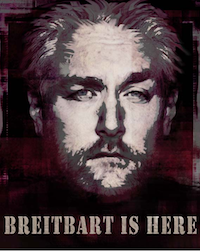Michael Walsh
The Corner
National Review
12/21/2011
Andy, thanks for your clear-headed exposition on the proper relationship among the three branches of government, and in particular on the limits of the courts’s authority. Just to refresh everyone’s memory, here’s the Constitution on the subject:
The judicial power of the United States, shall be vested in one Supreme Court, and in such inferior courts as the Congress may from time to time ordain and establish. The judges, both of the supreme and inferior courts, shall hold their offices during good behaviour, and shall, at stated times, receive for their services, a compensation, which shall not be diminished during their continuance in office.
“May from time to time ordain and establish” seem to this non-lawyer to be the operative words here. In other words, except for the Supreme Court, the rest of the system is left to the people via their elected representatives. And that business about “from time to time” clearly indicates the Congress can revisit its handiwork whenever it so chooses.
But a pusillanimous Congress has over the years been so brow-beaten by the Left’s constant harping on the supremacy of “judicial review” — born, of course, of its reliance on the courts to get its legislative agenda turned into law, which for the most part it could not and cannot do at the ballot box — that the plain language of Section 1 seems to elude the capons — oops., I mean the solons. As you say:
If we really want judges to limit themselves to applying law, rather than making it, we need to demand that the real lawmaking be done by the political actors we hired for the job. . . .
The article continues at National Review.







